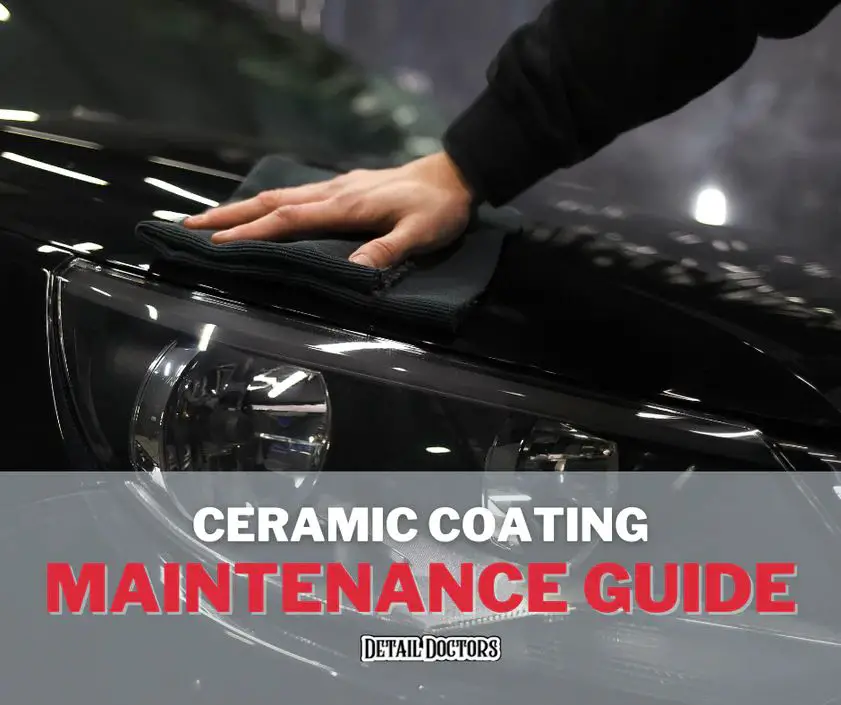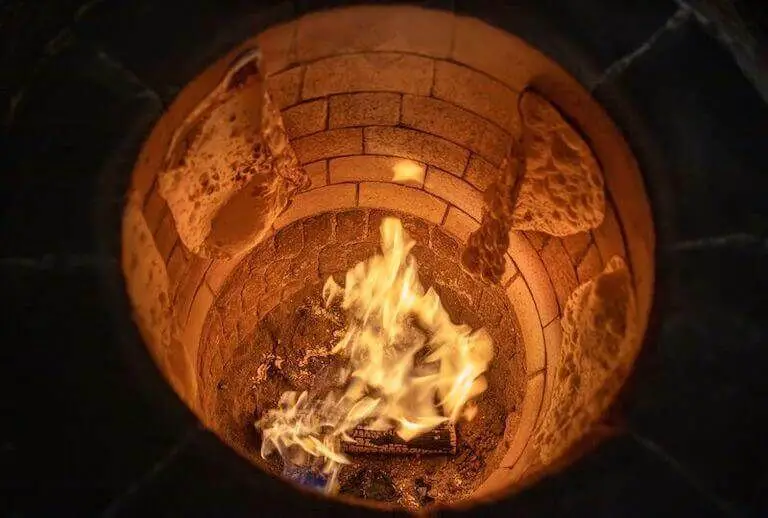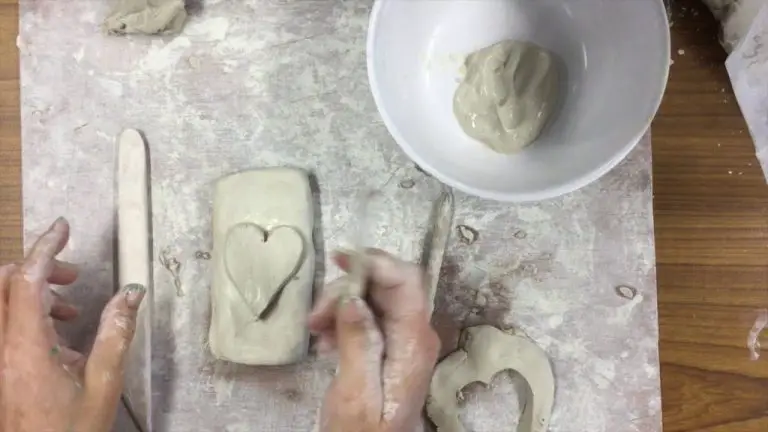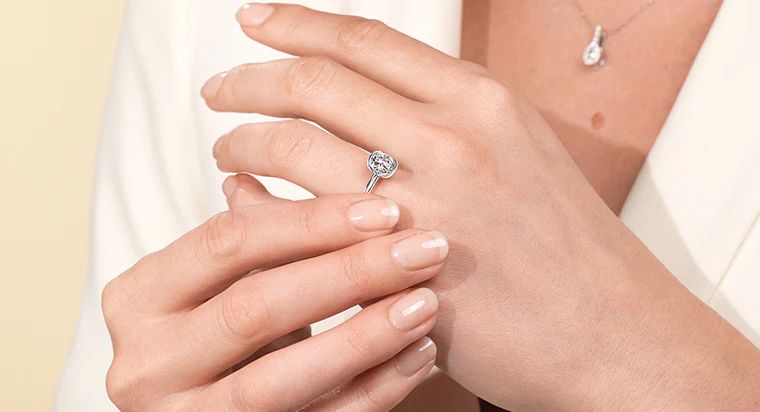Are Ceramic Coatings Good For Your Car?
What Are Ceramic Coatings?
A ceramic coating is a liquid polymer solution that is applied as a thin film to protect a vehicle’s painted surfaces. The coating chemically bonds to the paint’s surface to create a durable, long-lasting barrier that enhances shine and makes the vehicle easier to clean. Ceramic coatings are made from silicon dioxide and other ingredients that provide hydrophobic properties (Capital One).
Ceramic coatings work by forming a glass-like shell that adheres to the paint at a molecular level. The coating creates a smooth surface that causes water to bead and roll off, preventing water spots while making washing easier. The slick surface also guards against swirl marks, scratches, bird droppings, UV rays, chemical stains, and other damage (Vive Houston).
There are different grades and types of ceramic coatings. Consumer-grade DIY kits provide basic protection and shorter durability, while professional-grade coatings applied by detailers offer maximum shine, longevity, and performance.
Benefits of Ceramic Coatings
One of the key benefits of a ceramic coating is its ability to protect your paint from scratches, swirl marks, and oxidation. Ceramic coatings create a durable protective barrier on the surface of your paint that is significantly harder than paint’s factory clearcoat. This added layer of protection makes your paint more resistant to light swirls and scratches from washing, environmental contaminants, and even minor impacts from shopping carts or other vehicles (Ceramic Coating: What is it? Benefits? Disadvantages?, 2022).
Ceramic coatings also make regular maintenance and cleaning easier. Their hydrophobic properties cause water to bead up and roll off the surface, taking dirt and debris with it. This decrease in surface friction makes it less likely that washing and drying will impart new swirls or scratches. Ceramic-coated vehicles stay cleaner longer and require less frequent washing than non-coated vehicles. (7 Benefits of Ceramic Coating for Your Vehicles, 2022).
Along with protection and ease of cleaning, ceramic coatings provide an incredibly glossy, deep shine. The slick coated surface reflects light better than bare paint for a wet, mirrored look. Ceramic coatings accentuate flake pop on metallic paints. By keeping the paint protected and contamination-free, ceramic coatings maintain that showroom shine for years beyond what’s possible without a coating.
Drawbacks of Ceramic Coatings
While ceramic coatings offer many benefits, they also come with some drawbacks to consider. Two of the main drawbacks are the high upfront cost and the requirement for professional installation.
Ceramic coatings can be quite expensive, with professional installation often costing $1,000-$5,000 for the full exterior of a vehicle (source). The coating products themselves are also pricy compared to waxes and sealants. This high initial investment may not make financial sense for some car owners.
Additionally, ceramic coatings require professional installation for optimal results and durability. The coating is difficult for non-professionals to apply correctly. Attempting a DIY ceramic coating can lead to streaking, uneven coverage, reduced longevity, and wasted product if not done properly. While DIY ceramic coating kits are available, professional installation is highly recommended.
It’s also important to note that ceramic coatings are not permanent solutions. They typically last 2-5 years before needing a reapplication. So the protection benefits are not indefinite.
How Long Do They Last?
The lifespan of a ceramic coating depends on the type of coating used and the number of layers applied. Most ceramic coatings last between 12 and 36 months before needing to be reapplied.
Professional-grade ceramic coatings applied by detailers typically last 2-5 years. Economy DIY ceramic sprays may only last 6-12 months. The more hydrophobic layers applied, the longer protection will last.
According to Glass Life Atlanta, ceramic coatings can last from 2-5 years normally. Some premium ceramic coatings, when applied properly in multiple layers, can last up to 10 years before needing a reapplication.
Vive Houston notes professionally-applied ceramic coatings last about 5-10 years on average. Factors like coating quality, prep work, and application technique impact durability.
Ceramic Coating vs Wax
When it comes to protecting your car’s paint, two of the most popular options are ceramic coatings and wax. Ceramic coatings provide a glossy, durable layer of protection that can last for several years. Wax also leaves a glossy protective layer but usually only lasts a few months before needing to be reapplied (Source: https://www.lenosgarage.com/blogs/auto-detailing/ceramic-vs-wax).
The biggest benefit of ceramic coatings is their longevity and durability. They are extremely resistant to environmental contaminants like bird droppings, sap, dirt, UV rays, and harsh chemicals. Ceramic coatings bond to the paint at a molecular level to provide a tough protective barrier. However, the application process is more complex and professional-grade ceramic coatings can cost over $1000 (Source: https://www.lenosgarage.com/blogs/auto-detailing/ceramic-vs-wax).
Wax is much cheaper and easier to apply yourself. However, it doesn’t provide the same level of durability as a ceramic coating. Wax forms a thin protective layer on top of the paint that lasts 3-6 months normally. It’s easy to apply wax yourself at home with a simple paste wax or liquid spray wax. However, to maintain protection, wax needs to be reapplied frequently (Source: https://www.reddit.com/r/AutoDetailing/comments/11czhor/do_i_really_need_ceramic_coating_or_is_wax/).
Ceramic Coating Maintenance

Proper maintenance is crucial for preserving the benefits of a ceramic coating. Here are some tips for keeping your ceramic coating looking its best:
Regular washing is key. Use a pH neutral soap and microfiber mitts to prevent swirls or scratches. Thoroughly rinse off all soap residue after washing.
Avoid using abrasive products like wax or polishes, as these can degrade the coating over time. Stick to ceramic coating-friendly soaps and tools.
Consider applying a ceramic coating “booster” product every 3-6 months. Boosters help strengthen the hydrophobic properties of the coating.
The coating can be reapplied as needed, generally every 2-3 years for maximum protection. Seek professional detailing to have it reapplied properly.
With proper maintenance techniques, a ceramic coating can maintain its slick, glossy finish and water beading effect for years after application.
For more tips, see this helpful guide: https://shinesupply.com/blogs/news/how-to-maintain-your-ceramic-coating
DIY Ceramic Coating Kits
DIY ceramic coating kits have become a popular option for drivers looking to save money by coating their own vehicles. These kits provide all the products and tools needed for a DIY application. They generally include a bottle of nano-ceramic coating, applicator pads, gloves, cleaning solutions and more.
DIY kits can be an effective and affordable alternative to paying for professional installation. When applied properly, they provide many of the same benefits as professional ceramic coatings. The nano-ceramic layer bonds to the vehicle’s clear coat, creating a hydrophobic barrier that repels water and makes cleaning easier.
However, there are some drawbacks to DIY kits. Without professional experience, it can be challenging for beginners to apply the coating evenly and avoid mistakes. The coating may not cure evenly or last as long without an expert installer. DIY kits also require more time and physical effort to prep, clean and coat the entire vehicle [1].
Overall, DIY ceramic coating kits provide an affordable alternative for vehicle protection and shine. But professional installation is recommended for optimal results and longevity.
Professional Ceramic Coating
Professional ceramic coatings are done by professional auto detailers who are trained in properly preparing and applying ceramic coatings. They use high-quality ceramic coating products that provide maximum protection and longevity. Professional detailers will thoroughly clean, decontaminate and polish the vehicle’s paint before applying the ceramic coating in multiple layers for maximum durability.
According to sources like this article, professional ceramic coating costs can range from around $1000 to over $3000 depending on the shop and factors like the vehicle size and number of layers applied. For most standard sedans and SUVs, expect to pay $1500-$2500 for a high-quality, multi-layer ceramic coating applied by professional detailers.
The investment in a professional ceramic coating provides benefits like long-lasting protection from scratches, environmental damage, and makes maintaining the car’s exterior easier. So while the upfront cost is higher, it can be worth it for many car owners seeking maximum paint protection and ease of maintenance.
Is Ceramic Worth the Investment?
Whether a ceramic coating is worth the investment depends on several factors:
For owners who plan to keep their vehicle long-term, the durability and protection of a ceramic coating can make it very worthwhile. Ceramic coatings typically last 2-5 years, providing continuous protection against swirls, oxidation, staining, and more during that time. This can help maintain a like-new appearance over the years. However, the upfront cost may not be worth it for owners who trade in vehicles frequently.
A ceramic coating provides the most value for owners of luxury, performance, and high-end vehicles. The cost of a professional ceramic coating service starts around $1000-2000, which can be a significant expense. But for cars costing $50,000+, the coating cost represents a smaller percentage of the vehicle’s overall value. The coating’s longevity also matches well with expected ownership periods of 5+ years for such vehicles.
Ceramic coatings may provide a slight boost to resale value down the road. The coating’s durable protection helps the paint stay in excellent shape, potentially attracting buyers and justifying a higher asking price. However, quantifying this resale boost can be difficult.
Overall, for luxury vehicle owners planning long-term retention, ceramic coatings deliver protection and maintenance benefits that can justify the upfront investment. The value proposition is lower for budget vehicles or short ownership periods. But for keeping a prized vehicle looking its best for years to come, a professionally-applied ceramic coating is hard to beat.
The Bottom Line
After reviewing the pros and cons, ceramic coatings offer clear benefits but also require more maintenance and upfront cost compared to traditional waxes. The extra protection and longevity of the coating may be worth it for luxury or sports vehicles where maintaining the exterior condition is a high priority. However, for everyday driver vehicles exposed to lots of wear and tear, traditional waxes likely provide sufficient protection at a lower cost.
Overall, ceramic coatings are a great option for car enthusiasts or owners of pristine showroom vehicles who want to maintain flawless paintwork. They provide unparalleled glossiness, protection from scratches, chemicals, and environmental contaminants. However, the high upfront investment, extensive prep work required, and continued maintenance may not make financial sense for owners of older, high mileage vehicles.
In the end, consider your budget, priorities for your vehicle’s appearance, and willingness to perform regular maintenance. For those who want the highest level of protection and shine, ceramic coatings deliver excellent durability and performance.



